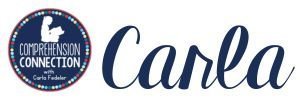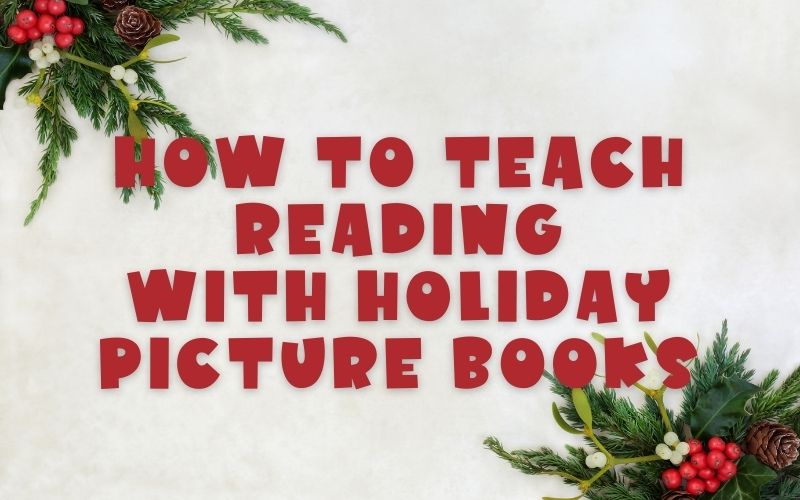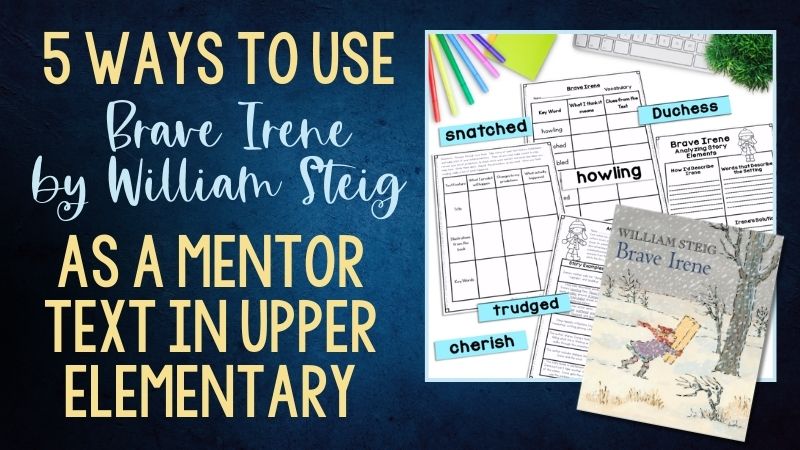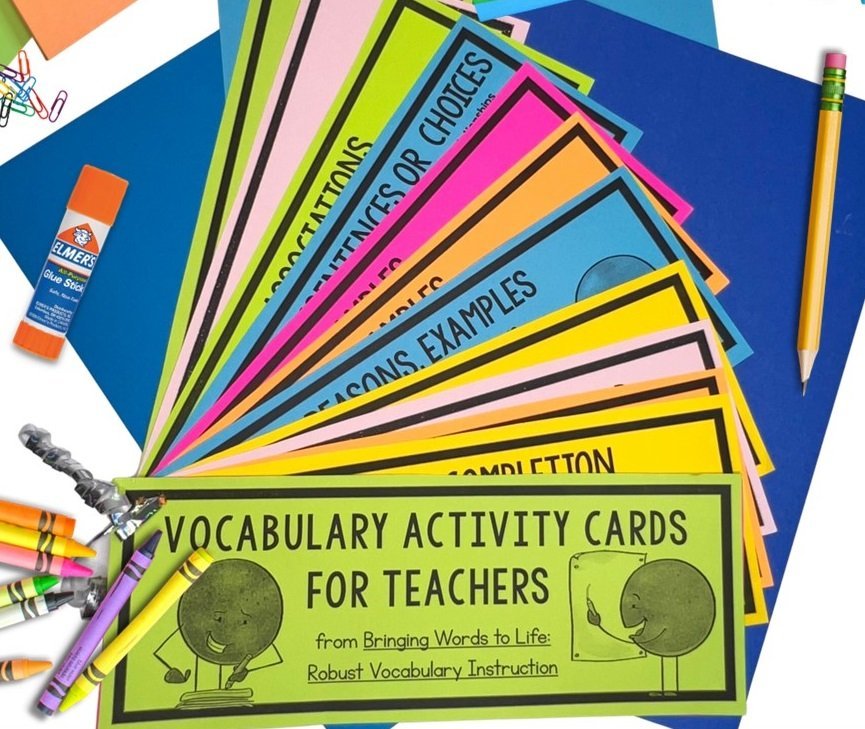
Kids are naturally fascinated by animals, and I can honestly say that I’ve never met a kid who didn’t love visiting a zoo. They are always filled with questions, and of course, the scarier the animal, the more questions they have. Using children’s fascination as a springboard to teaching questioning skills is a great strategy. In this post, I’ll share strategies for teaching questioning skills and more.
Introducing Questioning Skills:
Asking and answering questions is an important skill no matter what grade level you teach or the subject you’re working on. As students progress with questioning skills, questions deepen in complexity and purpose. Questions check comprehension and deepen understanding of material read, but questions also guide student research and exploration too. As adults, of all job related skills we need, asking and answering questions is probably at the top no matter what career path you take. To begin, I start with teaching the difference between thick and thin questions.
Thick and Thin Questions
With questioning, it’s important to start with analyzing questions. If we can help kids understand that not all questions are equal and that some questions are going to be more difficult to answer than others. That some questions require us to explain with more detail than a simple response, then they will be more equipped to answer them with detail.
To help demonstrate this, I like sorting thick and thin questions as an introduction. You might use a t-chart and print questions on post it notes for sorting like the resource to the right using the book, Snowmen at Work. Having your kids work in groups to discuss whether a question is thick (answer figured out in the head) or thin (answer found in the book) helps them think about why they fit each criteria.
Teach Kids to Use Questioning Skills as They Read:
Teaching kids to ask questions and use questions to help themselves better understand what they read is not done with just one lesson or with one teaching method. There are many ways to work on questioning with your students. Here are a few more ideas I’ve found helpful. You can use these strategies for fiction and nonfiction with your students.
Using Question Stems to teach questioning skills:

First of all, using question stems can help your kids generate questions of their own. You can put them on task cards, hole punch the corner, and add them to a ring for your kids to have as they are reading like this resource I created for first and second grade. My students created and recorded their own questions before and as they read. Then, they added their answers as they discovered the information needed to respond. These can be used with any text. Here is an organizer you might pair with the question stems.
DRTA:
Directed Reading Thinking Activity is a method teachers can use to help students make and confirm predictions. Students generate questions based on the information they know and read to find the answers in sections. At the predetermined stopping points, students create new questions and repeat the process. You can sign up for my newsletter HERE for a DRTA resource.
SQ3R (Survey, Question, Read, Respond, Review):
This oldy but goody strategy is very useful with informational texts. Students survey and use information from text features to generate questions. Then they read, respond to the questions, and review for accuracy and for improved memory of the information. You can download a graphic organizer I created for it [HERE]

QAR (Question Answer Relationship)
Question Answer Relationship, developed by Tanny McGregor, is the next step to Thick and Thin questions. It further breaks down questions types into four categories versus two. These include right there, think and search (both in the book questions), author and me (inference), and on my own (answered with no text information). [THIS RESOURCE] from Amber Polk is one I have used often.
Finding Text Evidence
From early on, we MUST help students practice finding text evidence to support their thinking whether a question is thick or thin. Kids must be trained to dig into the text to find support for their thinking whether an answer is “right there” or whether story clues are needed. Giving kids “flag” sticky notes and having them “mark the spot” is a great way to work on this and oral discussion with peers helps students consider multiple points of view when students disagree with the answer.
build questioning skills with Winter Research

In addition to using questions to check and deepen understanding of what students read, we also use questions to drive curiosity and exploration. Student research should start with student curiosity. Generating questions about a chosen topic helps students narrow the searching and helps the student keep focus.
During this time of year, it is a lot of fun to research cold weather or polar animals. This paper bag book includes eight animal options, and it is organized by research topic including:
- Animal Facts
- Habitats
- Animal Diet
- Animal Adaptations
- Predator/Prey Relationships
- Animal Threats
- Summarizing My Learning
- Research Note-Taking Sheet
- and a Grading Rubric

This resource pairs well with the close reading resources in my store as well and in fact, all five close reading sets and the paper bag book are bundled in the resource to the right. The close reading sets can be used to work on questioning with nonfiction texts in small groups and help students with starting the research process. The close reading sets focus on five animals:
- The Arctic Fox
- Penguins
- Polar Bears
- The Walrus
- and Caribou
Other Posts You’ll Enjoy:
- TEACHING WITH A BEAR THEME
- WARM UP WINTER WITH MITTEN FUN
- WINTERY RESOURCES FOR LONG RANGE PLANNING
- DISCOVER THE MAGIC OF JAN BRETT
- CELEBRATING THE HOLIDAYS WITH GINGERBREAD FUN
FREE RESOURCE FOR RESEARCH
I will close with a free resource for you. As mentioned in my post, research should start with student curiosity and student created questions. With this resource, your kids will brainstorm possible topics and guiding questions (4 topics). Then, they will use the related questions generated to start the research process. The resource has organizers set up for them to gather information and take notes as they work toward writing their report. Then, those notes become paragraphs (with tips embedded to guide them) and eventually, a completed report. You can use it for a variety of topics.

















One Response
First of all…I love anything research! Second…I have been working to build that wonder and curiosity through questions this year. It does not come easily for some. Thanks for the link up and for including me.